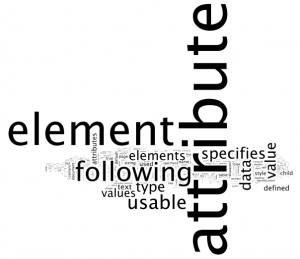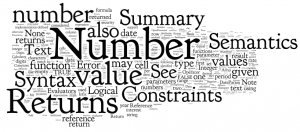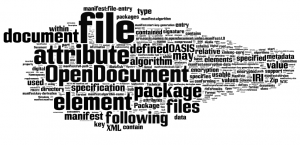-
“Gem for generating .odt files by making strings, images, tables and sections replacements in a previously created .odt file.”
-
My Personal Blog: ODF Become National Format?
“What a surprising news. ODF will soon become a mandatory format for all government documents. I have posted this since a year ago and two years ago, but finally it will come true. Right now, the Indonesian government is trying to migrate all computers in the governmental level to use Open Source to reduce it’s spending just to buy licenses for Windows and many other Microsoft products (mostly Microsoft Office). When that target has been completed (estimated 2011), they will follow with standarizing the national format to use ODF.”
-
Phase relationships in the standardization process
-
Reminds me of OOXML’s Bits. Bad idea then and now.
Posted from Diigo. The rest of my favorite links are here.



